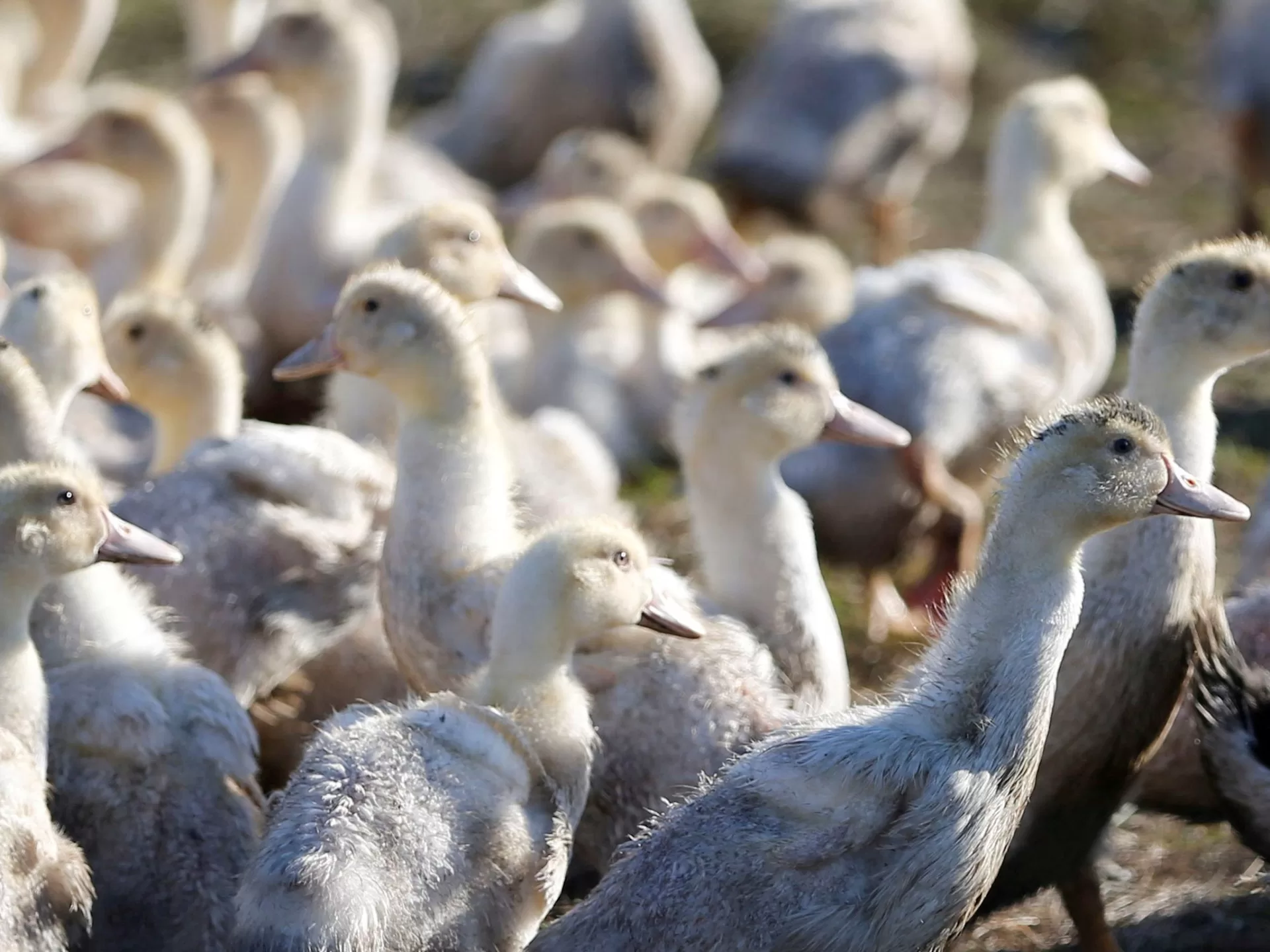A teenager from British Columbia tested positive for the H5 avian flu, and health authorities are investigating.
Canada has confirmed its first human case of bird flu after a teenager tested positive for the virus, according to health authorities.
The teenager, from the western province of British Columbia, is believed to have caught the H5 avian flu from a bird or animal, said a statement by the province on Saturday. The infected person is undergoing treatment at a children’s hospital.
The province said it was tracing the teenager’s contacts to pinpoint the source of the contagion.
“This is a rare event,” British Columbia Health Officer Bonnie Henry said in a statement. “We are conducting a thorough investigation to fully understand the source of exposure here in BC.”
Canada’s Health Minister Mark Holland assured members of the public that the risk to them remains low.
1/ The Office of the Provincial Health Officer in British Columbia has reported a presumed human case of H5 avian influenza acquired in Canada.https://t.co/tinqvb5DB5
— Mark Holland (@markhollandlib) November 10, 2024
H5 bird flu is widespread in wild birds worldwide and is causing outbreaks in poultry and United States dairy cows, with several recent human cases among US dairy and poultry workers.
The virus is also suspected of killing dozens of captive tigers and other zoo animals in Vietnam.
There has been no evidence of person-to-person spread so far. But if that were to happen, a pandemic could unfold, scientists have warned.
Earlier in November, the US Centers for Disease Control and Prevention (CDC) asked that farm workers who have been exposed to animals with bird flu be tested for the virus even if they do not have symptoms.
Bird flu has infected nearly 450 dairy farms in 15 US states since March, and the CDC has identified 46 human cases of bird flu since April.
In Canada, British Columbia has identified at least 22 infected poultry farms since October, and numerous wild birds tested positive, according to the province.
Canada has had no cases reported in dairy cattle and no evidence of bird flu in samples of milk.
In the decades since H5 has been found in humans, there have been rare cases where an animal source cannot be identified.
